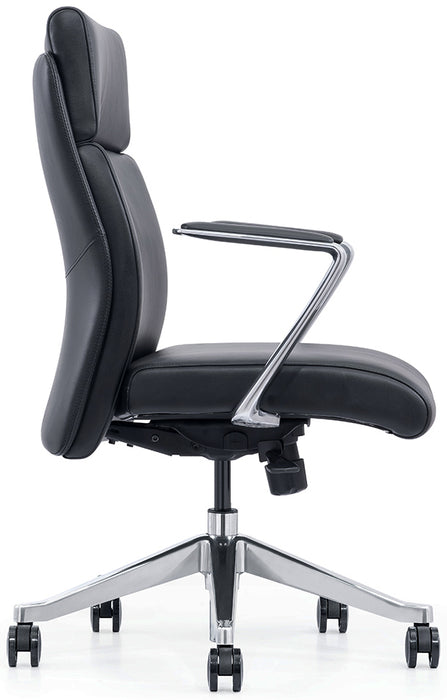
Beginner
Finding Your Perfect Ergonomic Chair
Selecting the right office chair involves understanding key ergonomic features and how they
support your body. Look for adjustable seat height, backrest inclination, armrests, and
lumbar support. The chair should allow you to maintain neutral posture with feet flat on
the floor and thighs parallel to the ground.
Test the chair by sitting with your back against the backrest, ensuring the lumbar support
fits the curve of your lower spine. Check that armrests support your forearms without
raising your shoulders, and verify the seat depth allows 2-3 fingers of space behind your
knees.
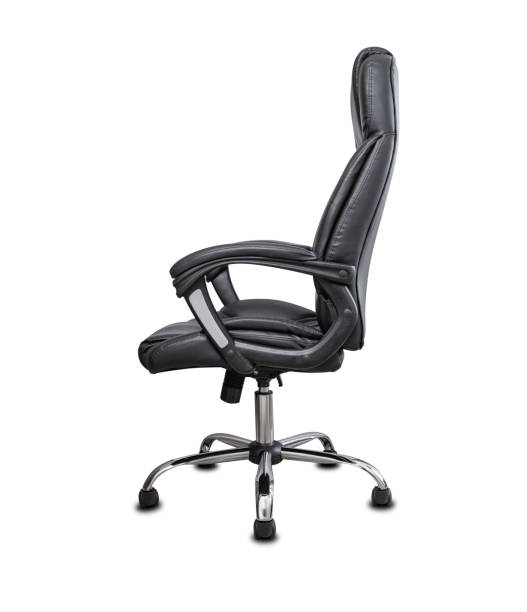
Beginner
Chair Height Adjustment Fundamentals
Proper chair height creates the foundation for all other ergonomic adjustments. When correctly
set, your feet should rest flat on the floor with thighs parallel to the seat and knees
at approximately 90 degrees. This position promotes healthy circulation and reduces pressure
on the underside of your thighs.
If your feet don't reach the floor, use a footrest to maintain proper leg positioning.
If the chair is too high and you can't lower it sufficiently, consider a desk riser or
monitor stand to accommodate the height difference while keeping your arms at the correct level.
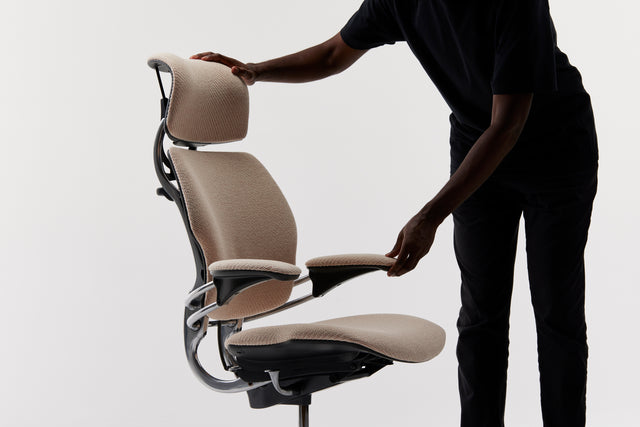
Advanced
Lumbar Support Positioning
Effective lumbar support maintains the natural curve of your lower spine, preventing the
forward tilt that leads to slouching. The lumbar support should fit snugly against the
small of your back, providing gentle pressure without forcing you into an artificial position.
Adjust the height so the support aligns with your belt line when sitting normally. The
support should encourage slight extension but shouldn't create discomfort or force your
pelvis forward. Some chairs offer adjustable depth - use this to fine-tune the fit for
your specific spinal curvature.
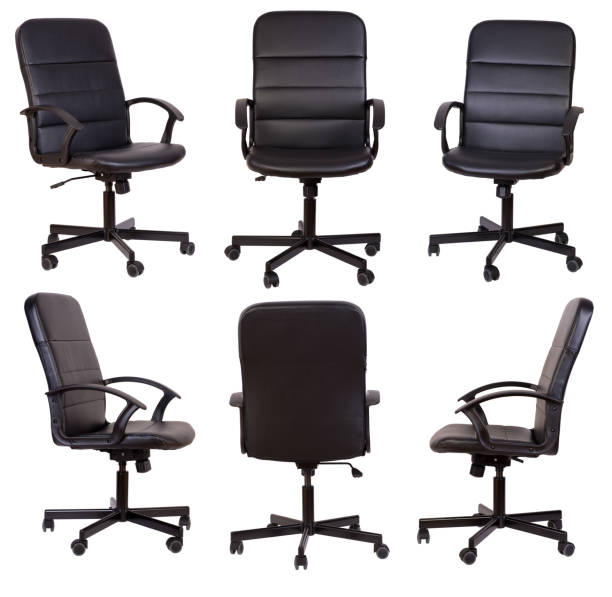
Quick Fix
Quick Chair Adjustment Checklist
Perform this 2-minute check at the start of each workday and whenever you return from
breaks. Seat height: feet flat, thighs parallel. Backrest: supports natural spinal curve.
Armrests: forearms supported without shoulder elevation. Recline: 100-110 degrees for
reduced spinal pressure.
Take time to feel how each adjustment affects your comfort. If any setting feels forced
or uncomfortable, reevaluate your overall setup. The goal is subtle support that feels
natural, not restrictive positioning that requires constant effort to maintain.
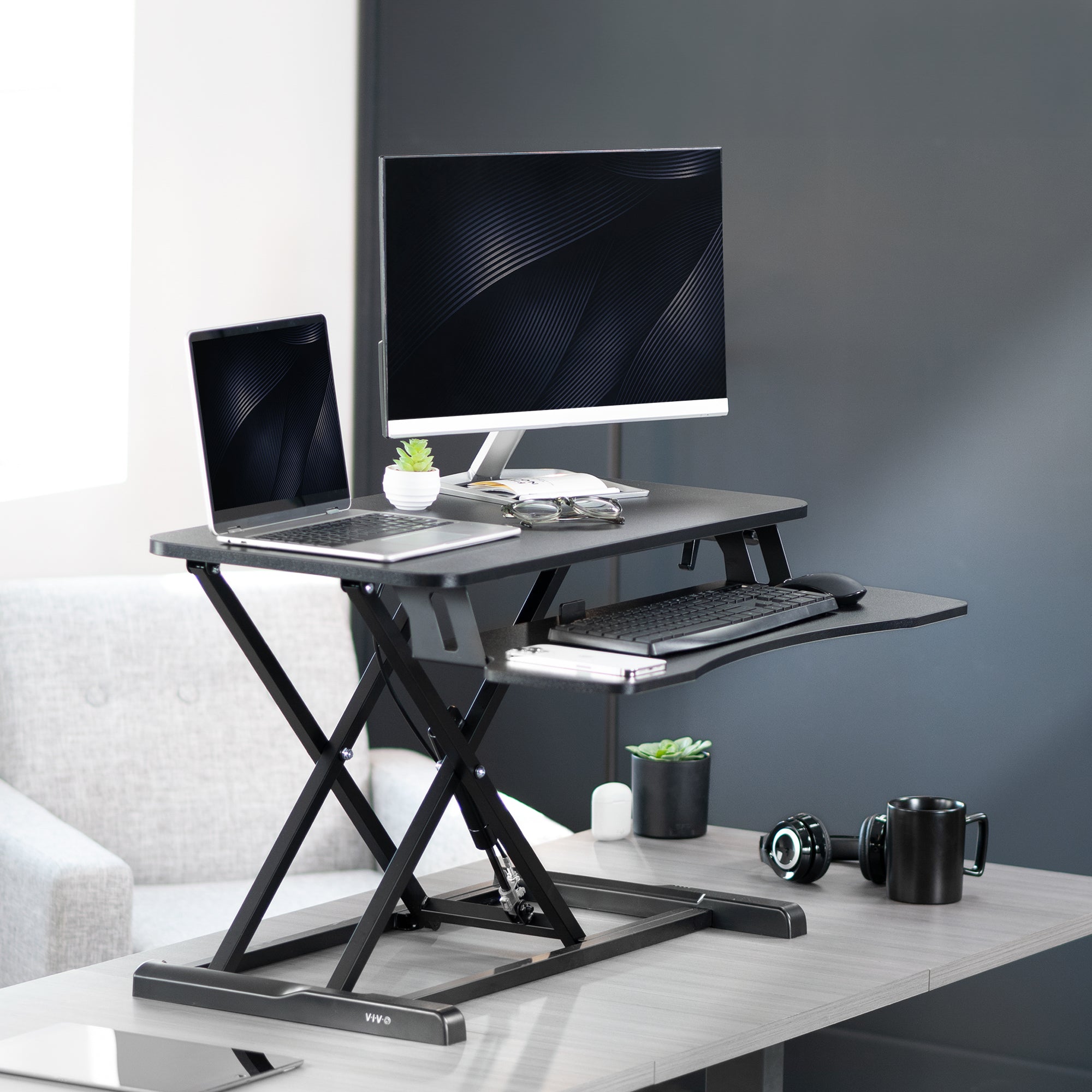
Advanced
Sit-Stand Desk Transition Guide
Introducing standing into your workday should be gradual, starting with 15-30 minute
intervals and increasing based on comfort and energy levels. The transition period allows
your body to adapt to the different muscle activation patterns required for standing work.
Use anti-fatigue mats to reduce leg and foot strain during standing periods. Alternate
between sitting and standing throughout the day, listening to your body's signals.
Most users find a ratio of 50-70% sitting to 30-50% standing optimal for sustained comfort.
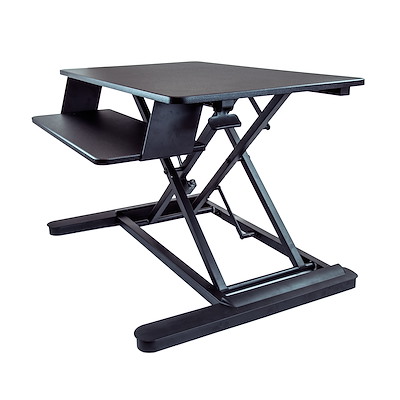
Beginner
Desk Height Optimization
Optimal desk height ensures your elbows rest at 90 degrees with forearms parallel to the
floor when typing. If your desk is too high, you'll raise your shoulders; too low and
you'll flex your wrists. Both positions lead to strain and discomfort over time.
For fixed-height desks, adjust chair height first, then use a keyboard tray or desk
riser to achieve proper arm positioning. Height-adjustable desks offer the most flexibility,
allowing you to fine-tune the workspace for different tasks and personal preferences
throughout the day.
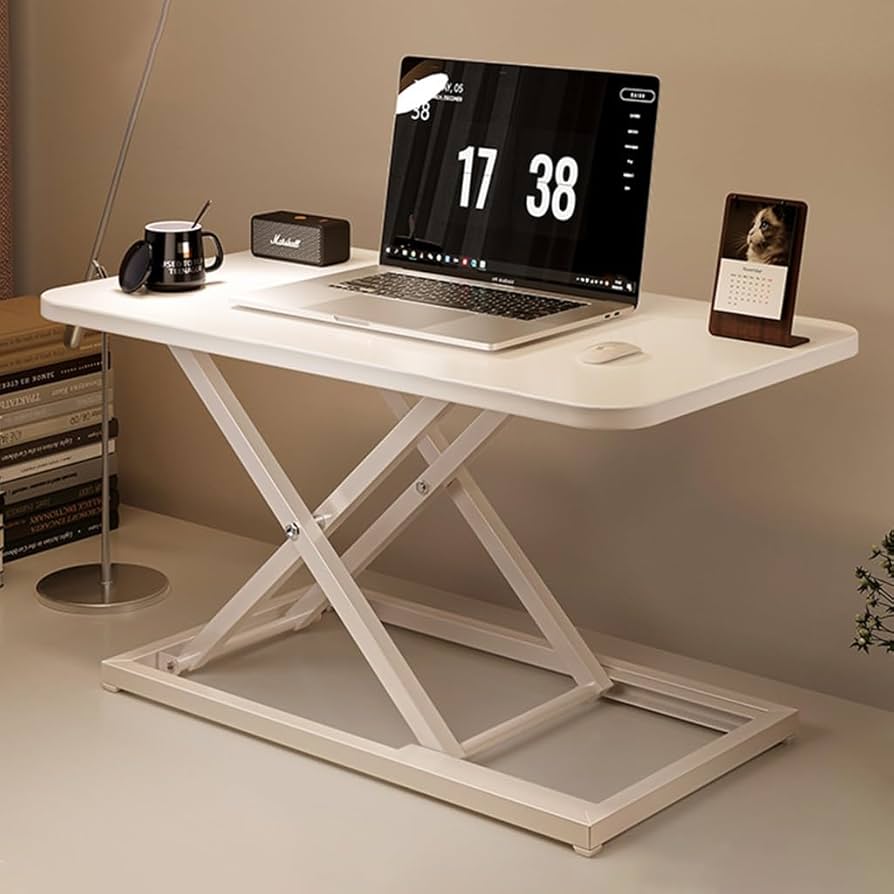
Advanced
Multi-Level Desk Arrangements
Advanced desk setups use multiple levels to accommodate different tasks and devices.
A primary work surface sits at keyboard height, while a secondary shelf holds reference
materials or a tablet. This arrangement reduces the need to reach or crane your neck
for frequently-used items.
Consider a separate standing surface for tasks requiring precision or extended reading.
Monitor placement above the primary work surface maintains proper viewing height whether
sitting or standing, while a lower shelf can hold items used less frequently.
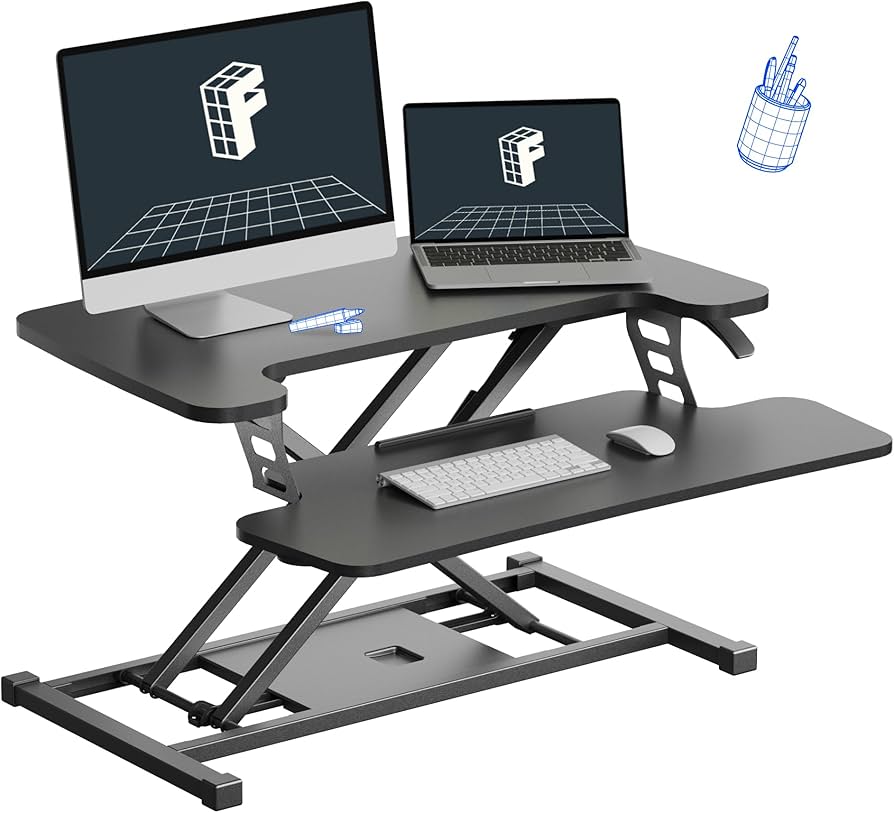
Quick Fix
Desk Converter Solutions
Desk converters offer sit-stand benefits without replacing your existing furniture. These
units sit on top of your current desk and provide adjustable height for your keyboard,
mouse, and monitor setup. They're ideal for testing sit-stand preferences or working
within budget constraints.
Choose converters with sufficient weight capacity for your equipment and adequate surface
area for your work style. Look for smooth height adjustment mechanisms and stable platforms
that don't wobble during typing. The best converters allow quick transitions between
sitting and standing positions.
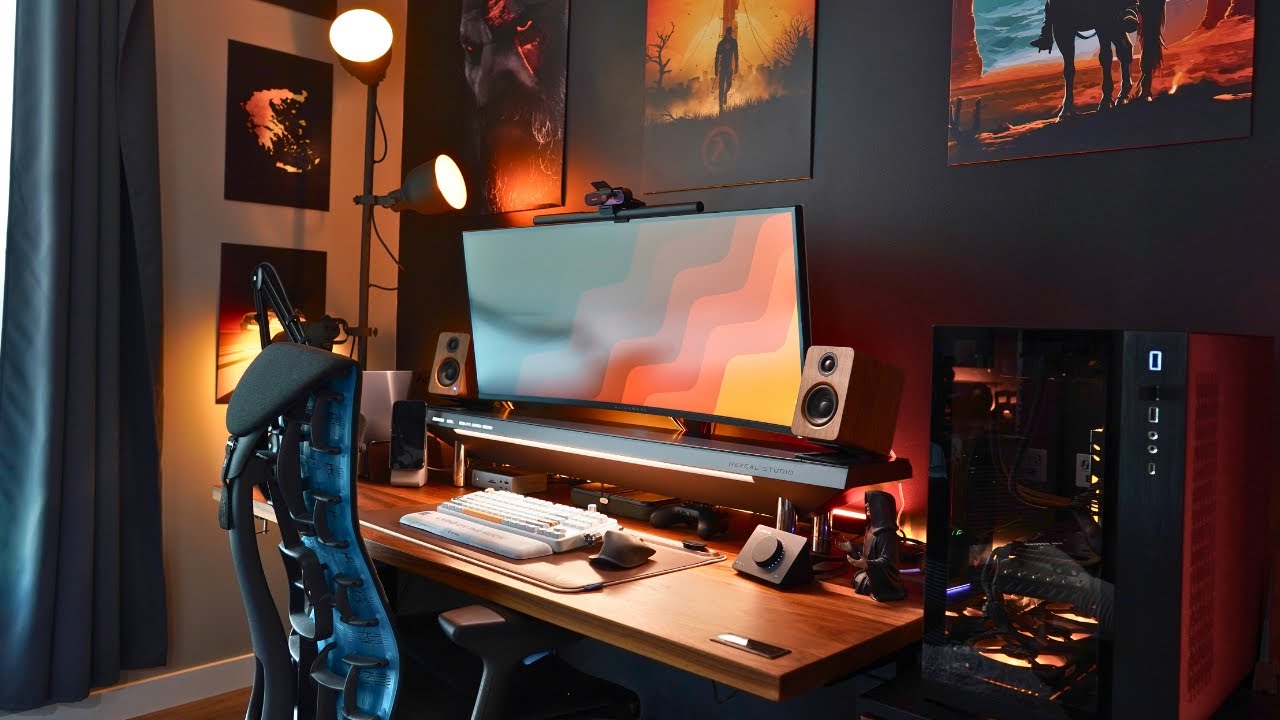
Advanced
Integrated Workspace Planning
Creating an optimal work environment requires considering how all furniture elements work
together. The relationship between chair height, desk height, monitor position, and
keyboard placement must be balanced to support natural postures throughout your workday.
Plan your workspace layout by establishing the chair position first, then adjusting desk
height to accommodate proper arm positioning. Monitor placement should allow slight downward
viewing (10-20 degrees) without requiring head movement. This integrated approach ensures
all elements support rather than conflict with each other.








